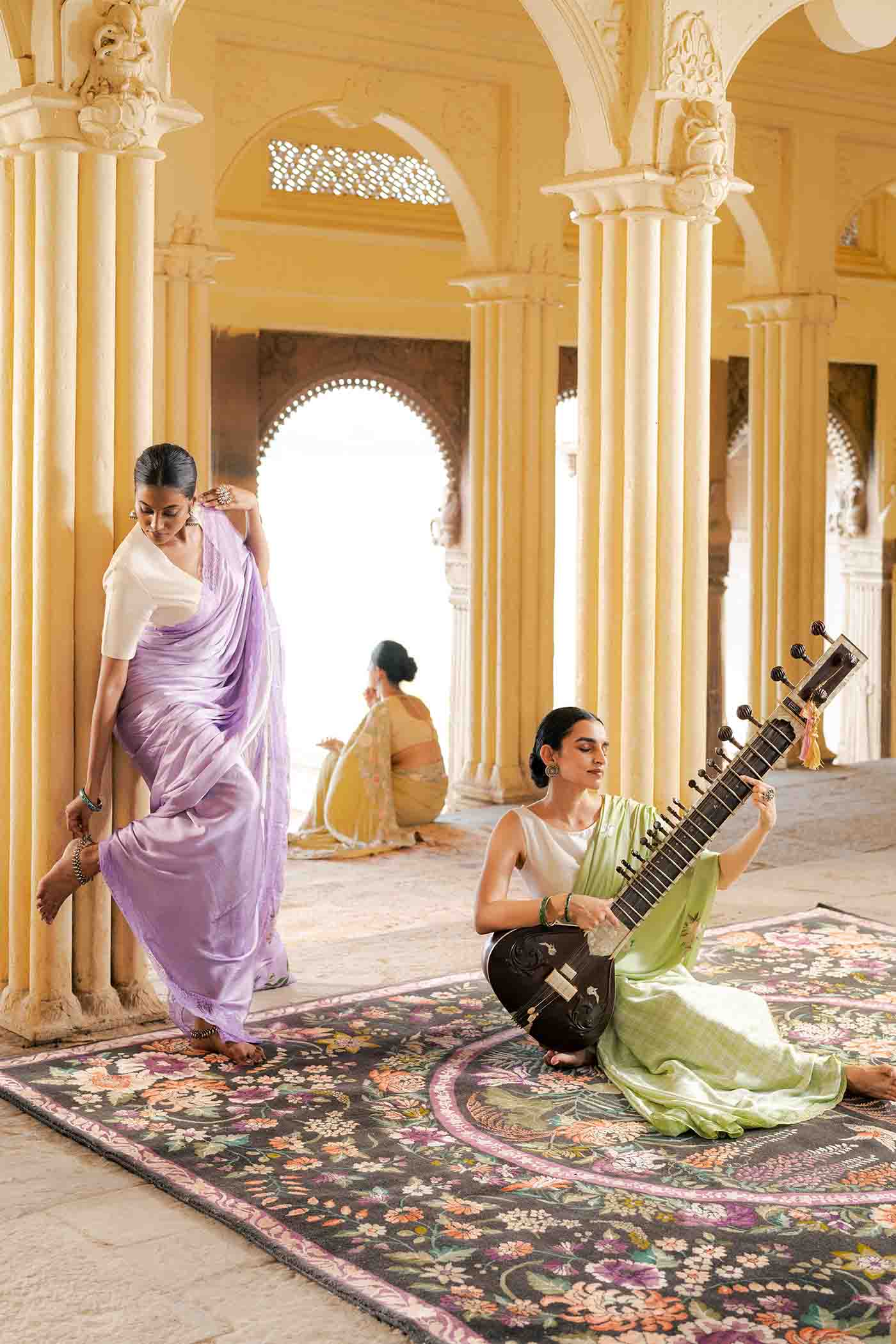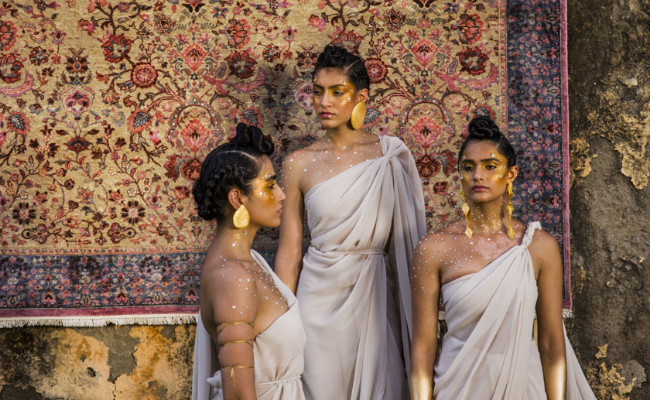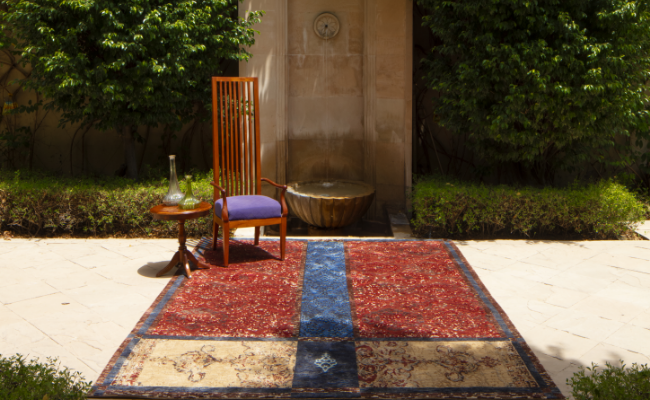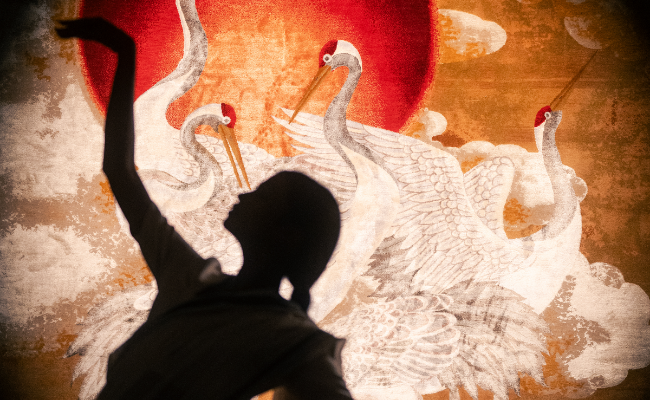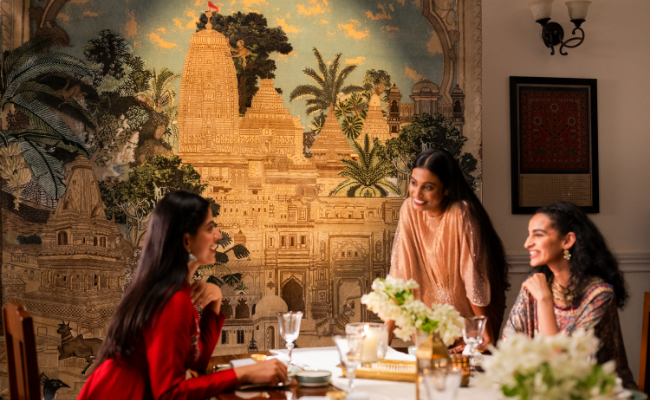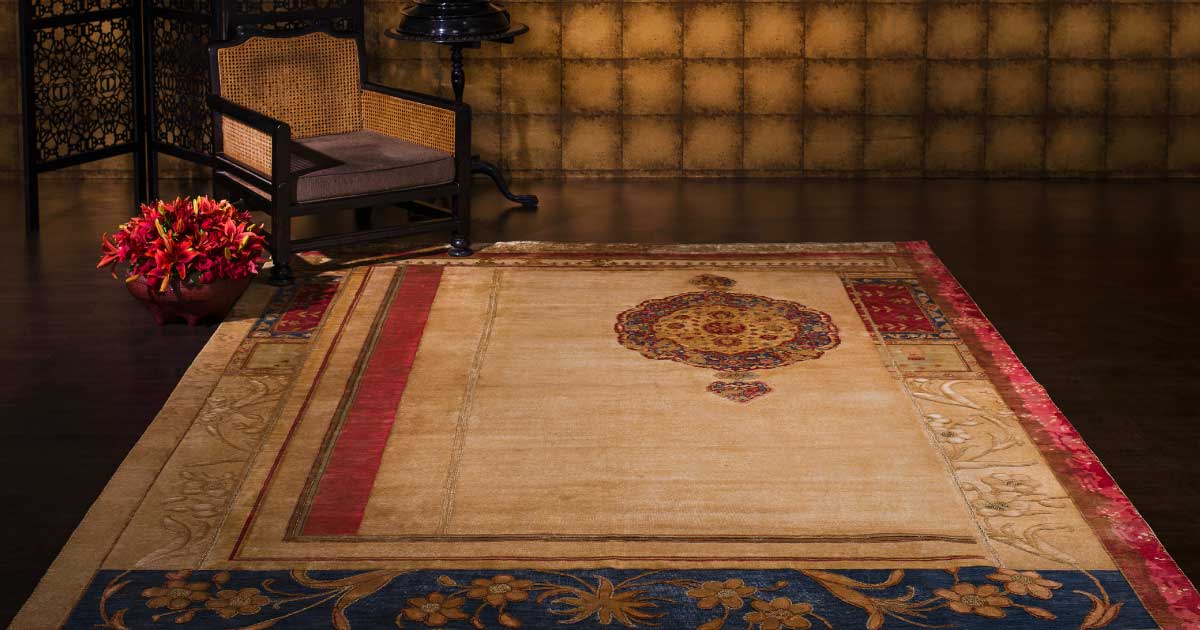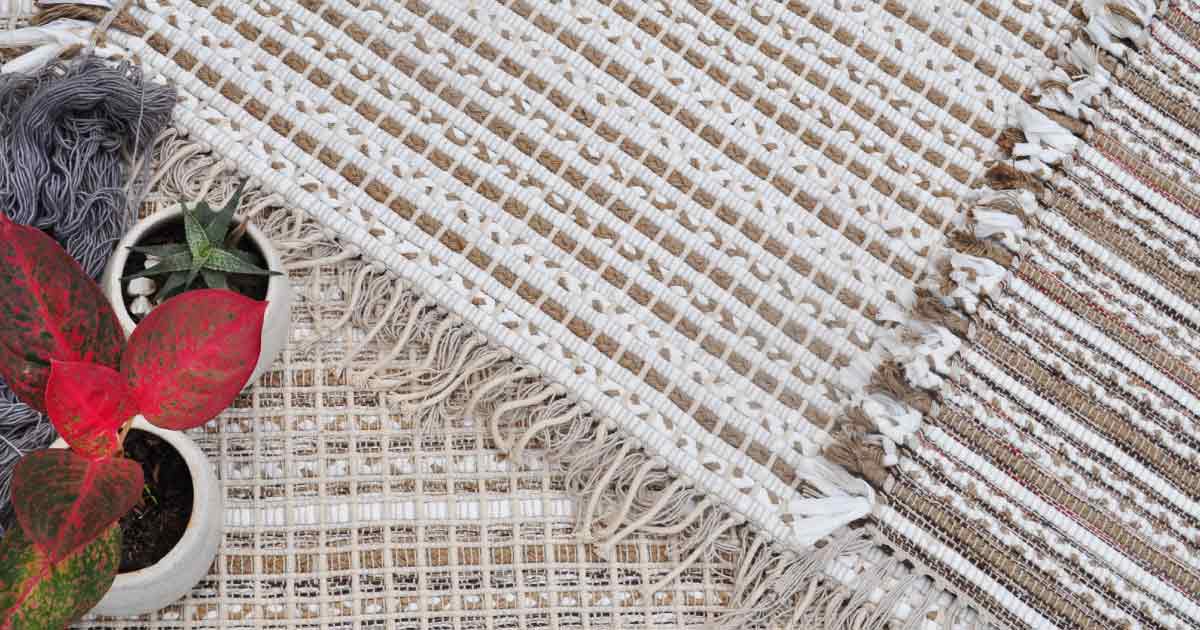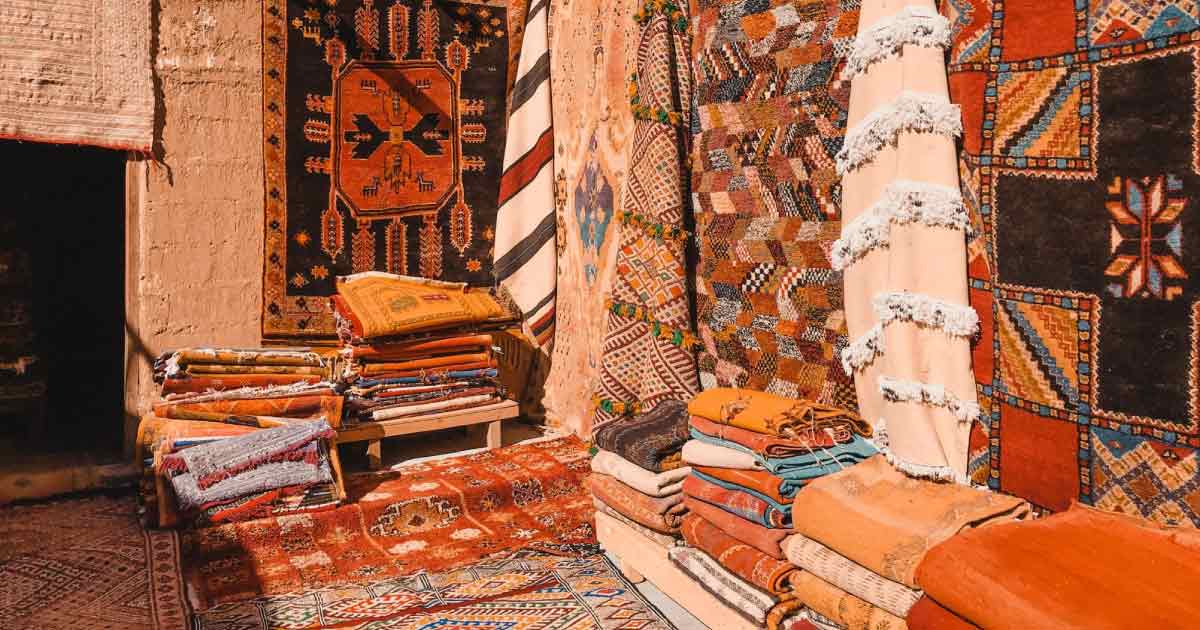
Types of Persian rugs - an Artistic Journey to Persia
If you have ever hunted for a rug, or just out of curiosity have found yourself searching up the word ‘rug’ over the internet, you know the importance of Persian rugs. Despite several options being available to homeowners, Persian rugs have always stood out in the ocean of hand knotted and hand tufted rugs. Persian rugs generally have a traditional, elegant, and all in all an extremely luxurious visual appeal that tends to often mesmerise anyone who wishes to buy a rug for their home. An authentic Persian rug is crafted by skilled craftspeople who have acquired their hand knotting skills from their ancestors over centuries and generations. This technique which is used to craft these rugs and only known to a few ethnic groups, makes Persian rugs an exquisite lot. Apart from this, these rugs are only crafted using the most superior quality materials, which means that they are not only pleasing to look at, but also to place one’s feet on. Just imagine, waking up on chilly mornings of January and experiencing a plush, warm feeling on your feet. This is exactly the impact a Persian rug creates in your home.
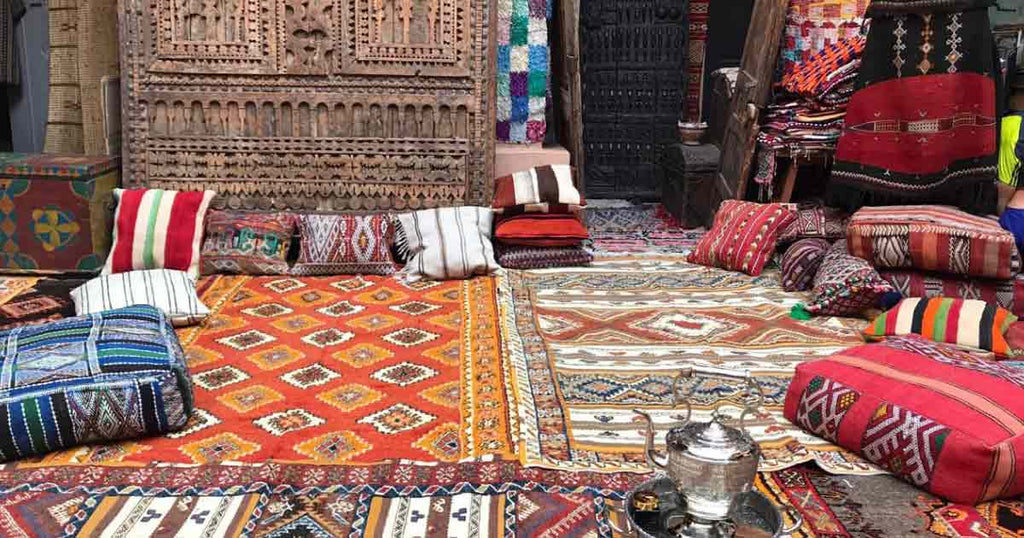
The oldest Persian rugs known to humans till date- Pazyryk hand knotted Persian rug and the Ardabil hand knotted rug have paved ways for craftspeople to create some of the world’s most magnificent rugs. However, as times changed and more efficient techniques for dying and producing material were developed, many brands and groups started to create their own adaptations of these marvellous rugs. Let us take a look at some different types of Persian rugs, so you can choose the best one to fit your home aesthetic.
Persian Carpet Types
Persian carpets are categorised in 3 different categories:
-Nomadic/Tribal
-Village
-Traditional
The three categories have a wide range of rugs with designs, material combinations, and cultural differentiations. As the creativity of designers and artisans strikes, they imbue the rugs with their own different, yet true interpretations of Persian rugs which makes the larger category of Persian carpets a highly diverse assortment of rugs with something available for every consumer.
An expert with the right knowledge of the Persian rugs will be able to differentiate between each one of them. But if you are someone who is just starting out and wishes for a Persian work of art that expresses the best of you through your home, this blog is just the destination for you.
1) Tabriz Rugs
Tabriz carpets are named after Tabriz, Azerbaijan's capital city and one of the region's oldest rug weaving centres. The rugs are high in quality with a pile of wool or wool/silk and a warp of cotton or silk.
Patterns include teardrop medallions, florals, trees, and hunting landscapes. Antique Tabriz carpets are incredibly precious and can be found exclusively in prestigious private collections and museums.
2) Heriz Rugs
These carpets are easily identified by their bright lively colours and distinctive dramatic designs. Heriz carpets are distinguished by an immense medallion in the middle, a double or triple outline, and massive corner pieces. These rugs are extremely long-lasting and last a lifetime.
3) Kashan Rugs
Kashan rugs are distinguished by the medallion and corner design on an ornately patterned floral field. The colours utilised in the design are often a mix of deep blues, rich reds, and white with splotches of yellow, green, and rust. These carpets are of outstanding quality, with knot counts ranging from 100 knots per square inch to more than 800kpsi.
4) Gabbeh Rugs
Gabbeh carpets are woven in the Zagros Mountains by Qashqai and Luri weavers with a strong tribal influence. These carpets are thick, dense, and durable, crafted with local handspun wool, with minimalistic motifs woven on a plain luxuriant field of colour. Only natural dyes are used, and the carpets' common colours are orange, yellow, rust, or red.
5) Isfahan Rugs
Silk and wool design Isfahan carpets have a highly balanced and harmonious pattern. A single indigo, rose, or blue medallion encircled by vines and woven on an ivory backdrop is typical in this category of rugs.
6) Nain Rugs
Nain rugs are of exceptional quality, with very fine grade wool and a knot count ranging from 300 kpsi to 700 kpsi. The designs are incredibly detailed and generally consist of blue or green entwined branches with small flowers woven on a white or light ivory backdrop.
7) Sarouk Rugs
Sarouk carpets have a delicate, compact weave, soft hues, and frequently include medallion patterns. A Sarouk Rug suits a variety of areas, both large and compact, and is suitable for both traditional and modern décor. It is renowned for its stunning colour, durability, and charm.
8) Mashad Rugs
Mashad carpets, also known as Mashhad or Meshad, are distinguished by a single, large Shah Abbasi medallion in the middle of an ornate background covered in floral patterns arranged in a curved pattern. These rugs often have a cotton basis and a wool pile.
9) Kerman Rugs
One of the best kind of Persian carpets are kerman rugs. They are most recognised for their diverse selection of patterns and colour schemes. The skilled weavers of Kerman produce particular dyes for their carpets.
Wool pile and cotton basis make up Kerman rugs. Furthermore, some Kerman carpets include a Silk and Wool Pile. Kork wool, which is manufactured from sheep in the area, is used to make Kerman rugs. There are many different patterns that are used for Kerman carpets, including floral, all over, tree of life, garden, and open field patterns.
10) Balouchi Rugs
Baluchi rugs are often smaller in size due to their nomadic tribal origins. These carpets are often small in size and are crafted with of sheep wool that has been dyed blue or dark red, featuring straightforward geometric designs. Camel or goat hair in beige or brown is used for the edges.
11) Qum Rugs
These carpets are made in the Iranian region of Qum. Qum is generally categorised as a high end carpet. Finely knotted, these carpets are designed using a plush pile of silk or cotton, and elaborate motifs in dark blue, reddish brown, or orange that include flowers, birds, medallions, hunting scenes, and gardens. A Qum rug usually has turquoise in some form.
12) Hamadan Rugs
One of the earliest forms of Persian carpet still in existence is the Hamadan rug. The phrase "Hamadan rug" refers to more than simply their area of origin. It is the collective term for all rugs produced in that area, which is home to more than a thousand distinct villages that each produce their own distinct variations of Hamadan carpets.
These village carpets are prized objects, and the majority of them become heirlooms that are passed down through centuries.
Antique Hamadan rugs often include minor motifs and designs all around a centre medallion. These auxiliary motifs frequently feature geometrical patterns like arabesques, diamonds, palmettes, and others. Depending on whose tribe the carpets were originally constructed by, the overall colour scheme consists of various shades of red, navy, and white with black and other splashes of colour.
13) Zanjan Rugs
The majority of Zanjan carpets have a single weft in the middle and foundations made of wool or cotton. Along with symmetric Turkish knots, they also have asymmetric Persian knots.
Different tribes have different Zanjan rug designs, but many of them include large medallions with a secondary medallion in the middle. Geometric designs like star motifs, flower heads, bird, animal, and fish or paisley patterns are used to decorate the medallions and backdrop.
The traditional reds and dark blues of the area as well as paler tones like ivory were combined by Zanjan weavers to create the colour scheme. They frequently swapped out these foundation tones for the border, medallions, and background. They emphasised additional design components and small borders with various hues of grey, green, brown, camel, and blue to bring more detail and intricacy to the design. In addition, these rugs tend to be towards the more affordable end compared to other types of Persian rugs.
14) Malayer Rugs
Malayer carpets have distinctly traditional themes. Popular patterns include the Tree of Life, Herati (fish), and medallion motifs with paisley patterns. Additionally, they use ornamental elements like palmettes, flowers, and vines. Grapevines, grapes, and tendrils are other typical images because the area is affectionately known as "the country of grapes."
15) Kilim Rugs
Kilims are flowing with the feelings and narratives of the weavers who created them. The images represent luck, peace, love, fertility, happiness, and safety from harm. These rugs generally do not have a pile. Kilims can also be recognised by their slitweave. If you look closely at the pattern, you'll see that there are vertical slits around the edges, which elegantly accent the eye-catching geometric patterns.
Each rug is a kaleidoscope of vibrant hues and striking patterns, including animals, geometric forms, flora, and crude depictions of natural occurrences. Kilims are a window into the lives of the people and civilizations who influenced history, and they are more than just a gorgeous decorative piece of accent.
Buy carpets online at Obeetee store.


